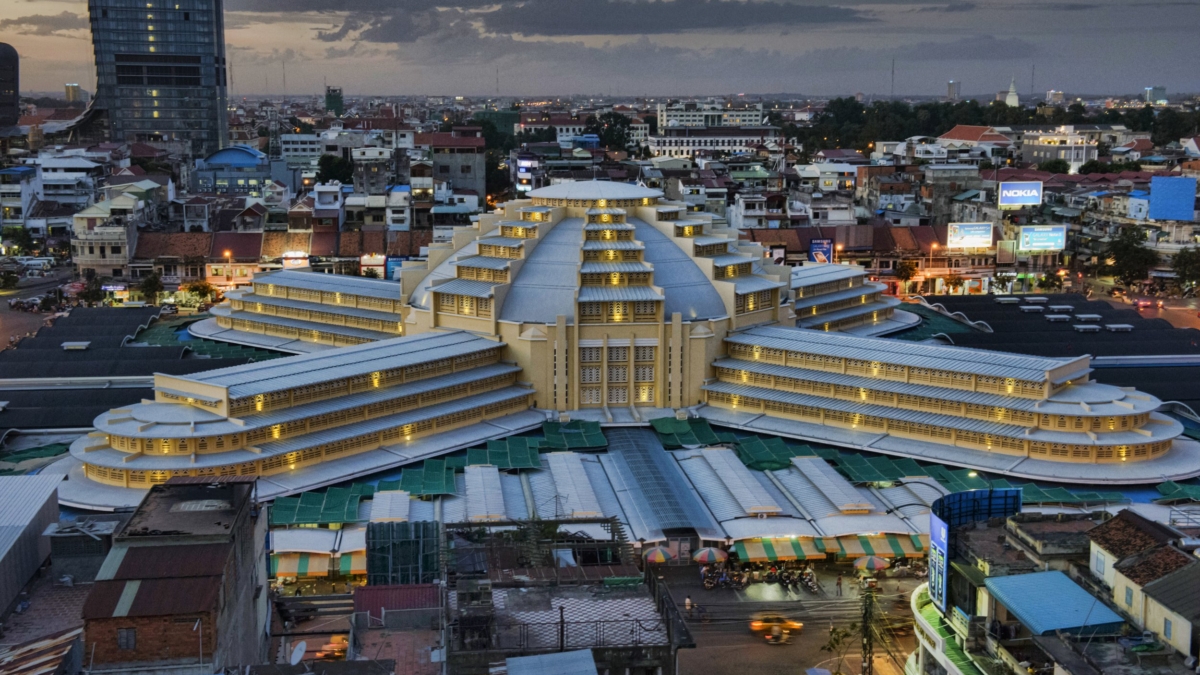Somerset Maugham, English novelist and lifelong Francophile, visited Cambodia in 1922, remarking, “The French carry France to their colonies just as the English carry England to theirs.” He described the capital, Phnom Penh, as having, “broad streets with arcades in which are Chinese shops, formal gardens and facing the river a quay neatly planted with trees like the quay in a French riverside town.”
Following independence in 1953 the enduring orientalist image was soon interrupted. “In 1975 we started to have Khmer Rouge,” described Sokagna, a graduate in Architecture from Phnom Penh’s Royal University of Fine Art. “They moved people out of the city, to the provinces to work in the rice fields. It was very hard. Not enough food. Most people died – around two million. They killed all intelligentsia, all managers. I lost my grandfather.”
Contemporary reports described the city as abandoned. After Vietnamese troops captured Phnom Penh on 7 January 1979, people returned to the city and found buildings empty, their owners and their families “smashed” in the regime’s nihilistic race to Year Zero. In need of shelter, many simply squatted, repurposing apartments and municipal structures as homes. A law passed in 1993 gave legal title to these new residents, conferring complex fractional ownership on much of Phnom Penh’s colonial buildings.




